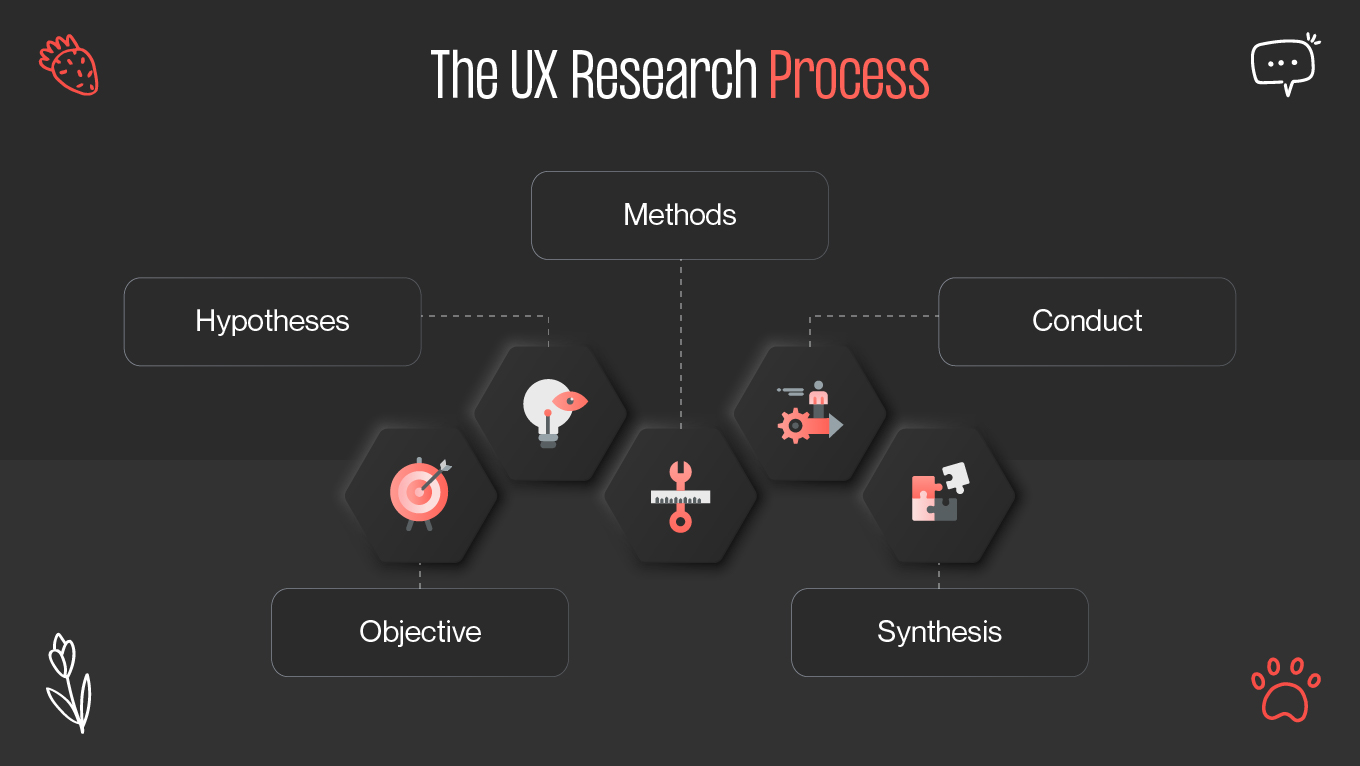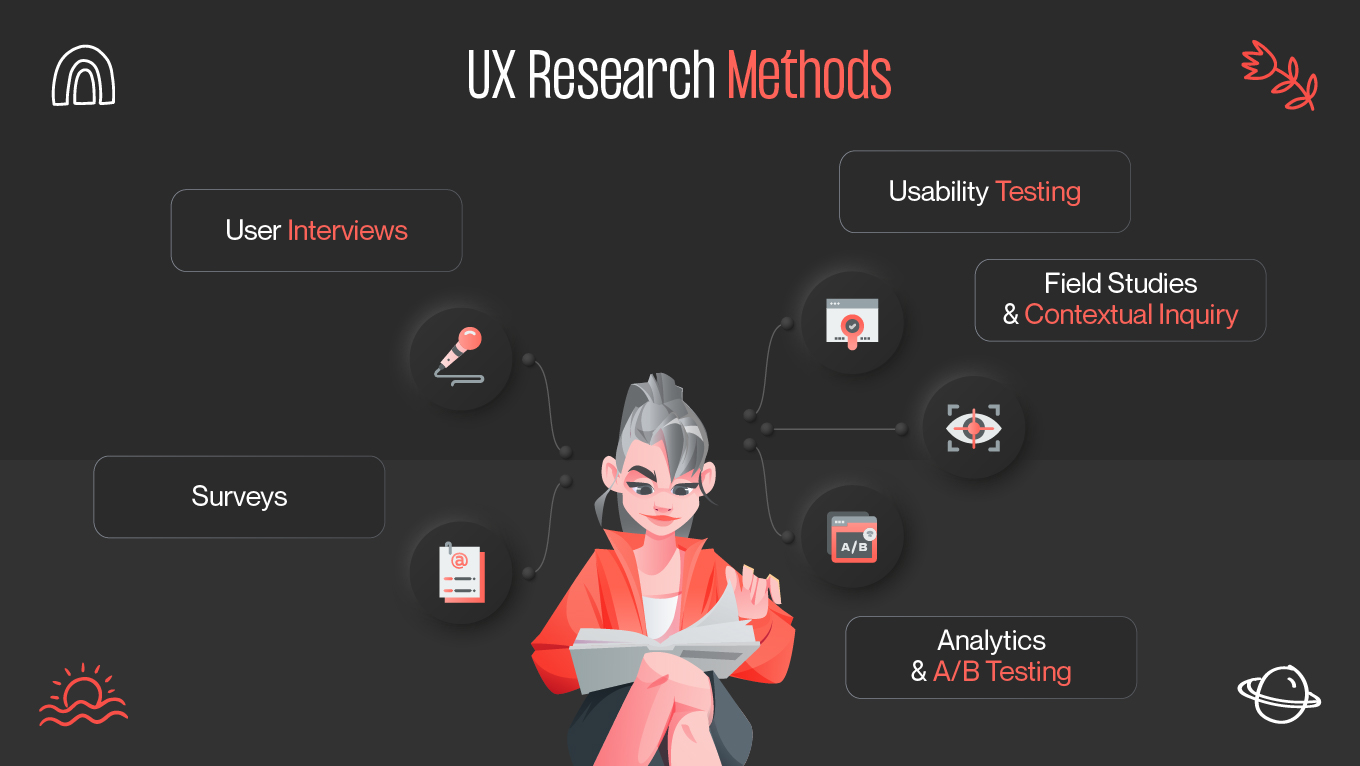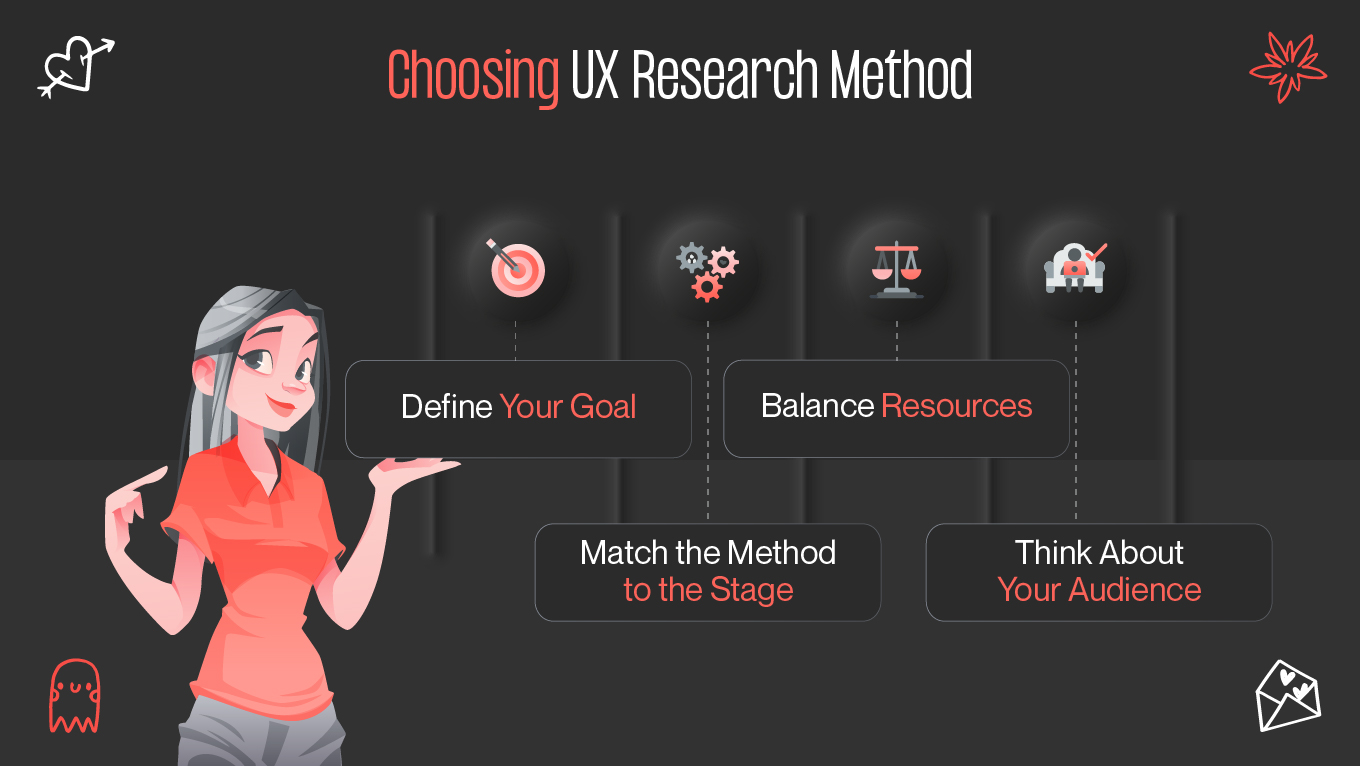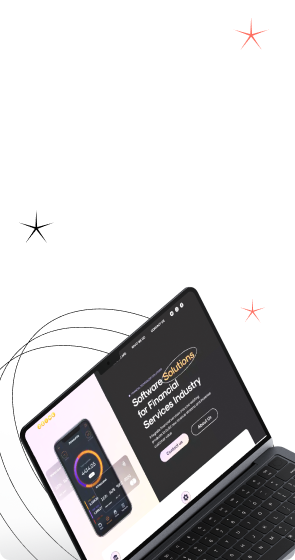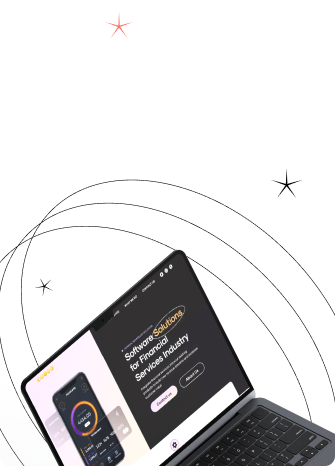Imagine creating a product design without any awareness. You have the tools, the skill, the vision—but zero knowledge of who will actually be using it and how they will respond. That is what product development without research entails. UX research is the light that distills fuzzy assumptions into clear paths, guiding design decisions towards products people love using. With all the ux research methods you can perform, however, choosing which one to do may seem like a formidable challenge. Do you survey, have faith in usability testing, or dive headlong into user interviews? And how do you divide between quantitative vs. qualitative methods?
This article unpacks the world of user research types, showing not only why research matters but also how to select the right methods for your context. With real-world case examples, practical advice, and a clear roadmap, you’ll gain the confidence to navigate the research process strategically rather than guesswork.


